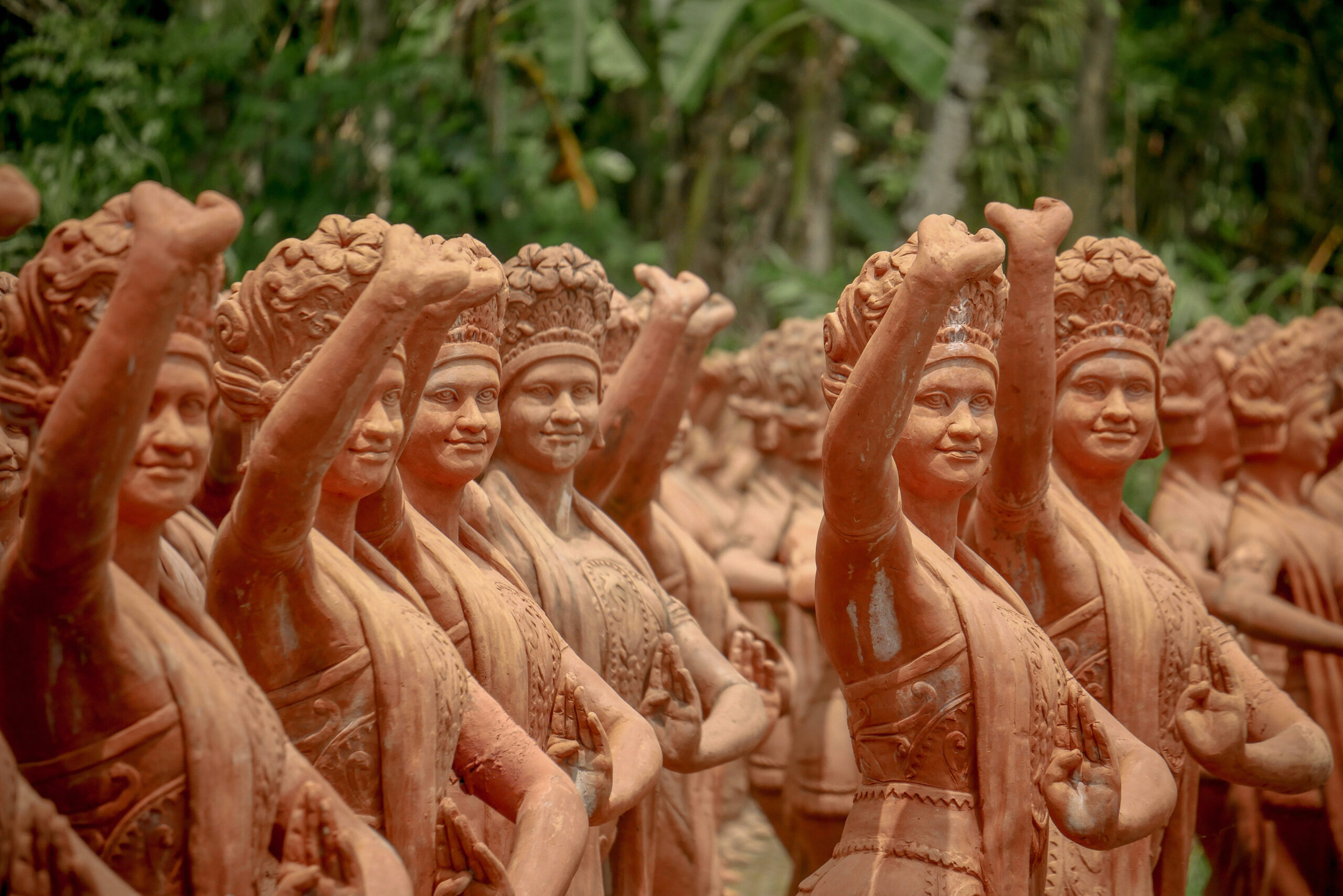
Localized Luxury: How Asia’s Affluent Are Rewriting the Rules
The luxury market is in the midst of a reset, shaped by economic headwinds, shifting consumer values, and the changing dynamics of Asia-Pacific. Insights from rising markets, evolving cultural preferences, and digital innovation reveal how affluence across the region is being redefined — and which brands are poised to lead in this new era.
by Yasin İlter
Growth Anchored in Asia
Luxury spending patterns are shifting. India’s affluent population is expected to climb from 60 million in 2023 to 100 million by 2027, driving new demand across high-end fashion, jewelry, and experiences. In Thailand, luxury sales at Siam Piwat have surged to 300 percent above pre-Covid levels, underscoring the country’s role as a regional retail hub. China, meanwhile, is rebalancing: international shopping has slowed, but domestic destinations such as Hainan are booming, reflecting a focus on local experiences.
Even affluent diasporas are regaining attention. For global brands, growth increasingly begins by reconnecting with local markets and identities.
From Logos to Cultural Capital
The era of logo-driven consumption is fading. Across Asia, luxury consumers are seeking more than global prestige; they are drawn to craftsmanship, heritage, and authenticity. This evolution has created space for what analysts call “niche dark horses”: local brands that lean into tradition, offer deeper storytelling, and resonate with consumers on a personal level.
The meaning of luxury is broadening. It is less about visible status and more about cultural capital — how possessions, experiences, and brands connect to identity and belonging.
Redefining Status
Rising inequality and everyday pressures are reshaping how affluence is perceived. Consumers are placing greater value on wellbeing, self-improvement, and experiences that foster personal growth. Quiet luxury, while resonant in the West, takes on distinct qualities in Asia, where collectivism, cultural pride, and holistic wellbeing frame the conversation.
Affluent consumers increasingly expect brands to contribute to their personal evolution, not just their public image. Luxury is being redefined not by ownership but by enrichment.
Digital as Default
Digital channels have become essential in building these connections. In China, Moët & Chandon captured attention with a WeChat campaign allowing users to personalize champagne labels and send them as virtual gifts. Dior set a precedent in South Korea by staging exclusive previews with local influencers such as Irene Kim, generating widespread organic reach. Louis Vuitton’s collaboration with Tao Liang (Mr. Bags), which sold out within minutes, highlights the power of authentic partnerships tailored to community tastes.
These cases illustrate a wider trend: exclusivity is no longer about distance. It is about engagement, interaction, and resonance within local networks.
Looking Ahead
For brands operating in Asia-Pacific, the message is clear. Traditional prestige is no longer sufficient. Success lies in cultural fluency, authentic storytelling, and experiences that extend far beyond the product itself. Digital transformation remains critical, not as an accessory, but as the infrastructure for building relationships with a discerning, connected audience.
Asia’s new affluent are reshaping the meaning of luxury around emotional value, cultural relevance, and personal growth. The brands that will thrive are those willing to adapt to this reality, evolving alongside consumers rather than holding onto past symbols of status.


